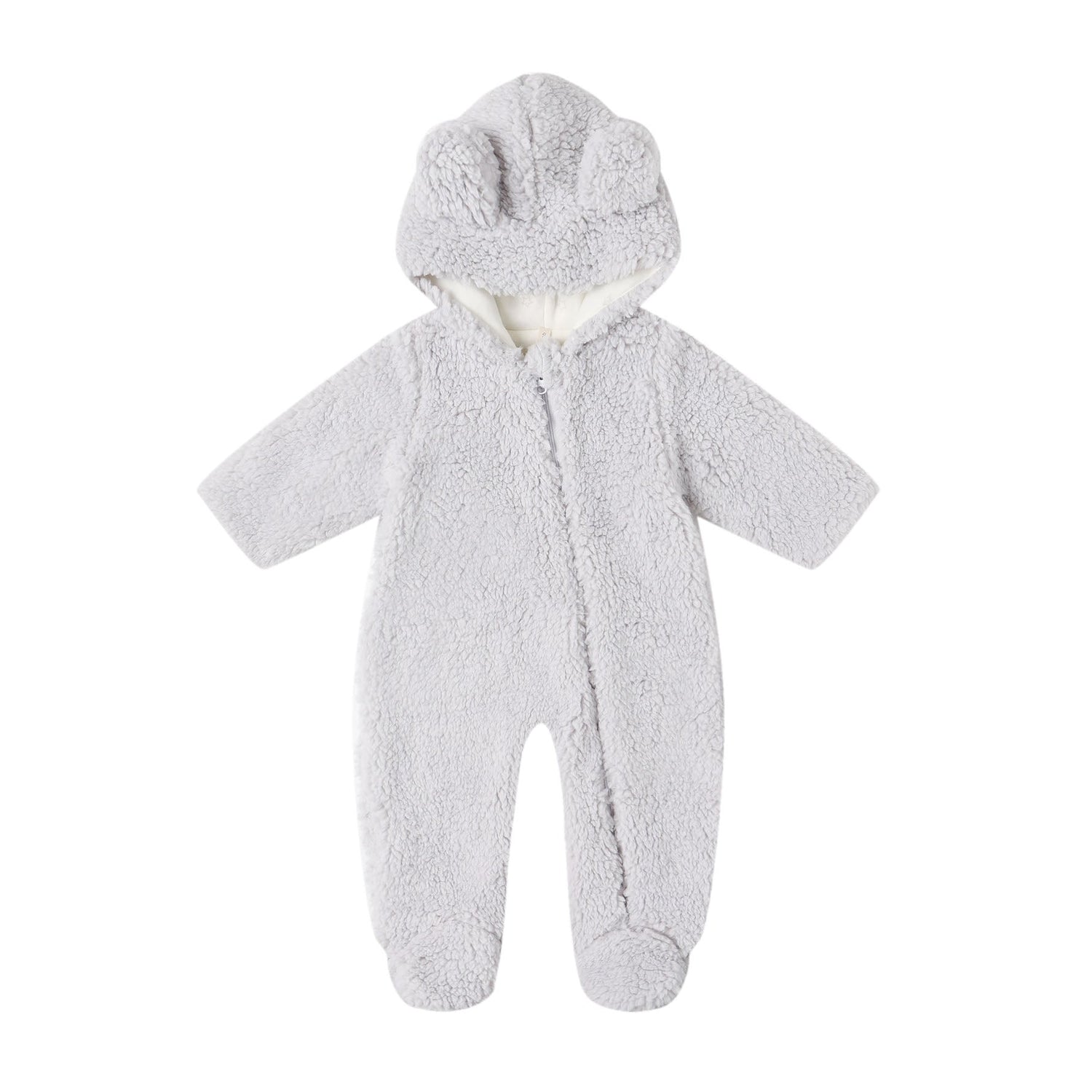I’ll be honest; I miss breastfeeding way more than I thought I would at this point. It’s only been five months since I weaned my little girl, but it feels like a lot longer than that. However, I don't miss the start of breastfeeding AT ALL. It’s all a little too tricky for my liking and the pain is sure something I’m glad to get past as quickly as possible. Teaching a newborn how to properly breastfeed is hard, and dealing with a poor latch on top of everything else you’ve got going on is sure to cause a meltdown, or two, from both you and your babe!
Three common problems with a “bad” latch are the following:- Improperly positioning the baby, making it hard for her to latch and eat comfortably
- Too shallow of a latch, making the sucking inefficient and painful for moms
- Lower lip in the wrong position
So now that you know what could be wrong, how do you fix it?
The first step to achieving a good latch is the position and placement of the baby’s body. The two most important factors here are one, making sure your baby is square. What I mean by this is ensuring that not only the stomach is against you, but both the hips and the shoulders are facing you as well. And two, propping your baby up to meet your breast, not leaning forward or hunching over to meet your baby. If this means using a nursing pillow to help assist your arm in holding her up, use one! I love and highly suggest nursing pillows!

Ergobaby Natural Curve Nursing Pillow - Heathered Grey
Now that your baby is in the perfect position, you’re ready to work on getting the perfect latch. Your nipple should align with your baby’s nose or the top of her upper lip. You’ll want to manipulate her bottom lip and jaw onto the breast first by applying gentle pressure to her chin to open her mouth as wide as she’ll let you. This ensures that she will soon cover not just the nipple, but much of the areola as well. After her lower lip is pressed up against you, chances are she may be intrigued enough to do the rest on her own. However, until she’s mastered the perfect latch, it’s a good idea to still assist her in completing this task.
Shallow latches are likely the result of a baby who is impatient and ready to go, or a baby who has yet to properly learn how to adequately latch. While the sucking motion almost always comes naturally to newborns, grasping the talent of a good latch isn’t quite as easy for them, until they have adequate practice and get the hang of it. If you’ve manipulated your baby’s lower jaw and lip onto your breast and she proceeds with a miniature, shallow latch, you’ll want to have her try again with a little more help next time.
Even though it may not be a deep latch, it’s probably still a sealed latch, so pulling your baby away from your breast is a BAD idea! You’ll first need to break the suction with the tip of you pinky finger before pulling her away from you. Then try again. Having to re-latch your baby makes things a bit more difficult because the little dribbles of milk on her chin make her skin more slippery and trickier to maneuver. Maybe dry it off with a burp cloth and do your best to open her mouth again by pressing on her chin, and after you’ve got the lower lip in place, “scoop” your breast up and into your baby’s mouth. This helps them get a bigger mouthful. As you do this scooping motion, you’ll see that you want to gather your breast into a compatible shape to your baby’s mouth. So if you’re grabbing the top and bottom of your breast, all you’re doing is elongating the amount they need to grab from the top of their mouth to the bottom of their mouth. So instead, scoop up your breast from side to side. This creates a better-suited shape for your baby’s mouth. Hopefully after a try or two, she’s got a deeper latch and the pinching pain you were feeling will soon subside.

Copper Pearl 3 Pack Burp Cloth Set - Rosie
One last thing to check for in accomplishing the perfect latch is the lower lip’s shape. Nurses or lactation consultants will tell you that you want the lower lip to flail out. What this means is that the bottom lip isn’t tucked up while sucking, but is puckered or flailed out on or around the areola. When we teach our toddlers to drink out of our water bottles, we specifically tell them NOT to put their mouth all around it, but to tuck their bottom lip in and only use that lower lip while getting a drink. This is the complete opposite of what you’re teaching your infant when trying to accomplish the perfect latch. Obviously, both lips are used. And the lower lip shouldn’t be tucked in, but instead flail out as much as it can to achieve a good and proper latch.
When looking down to make sure your baby’s lower lip is positioned correctly, you’ll basically want to see her lower lip touching her chin. That’s how flailed we’re talking. If your baby’s lower lip is not properly positioned, you can try to pop it out while she’s eating, by gently reaching up and popping it out with your finger. If this doesn’t work, you’ll want to go through the un-suctioning, re-latching sequence and when you’re repositioning your baby on, help her not only with her jaw placement, but more specifically her lip placement and shape.







1 comment
[…] finally mastered the latch, and now you believe you’re on your way to baby-feeding success just to be deterred by a whole […]